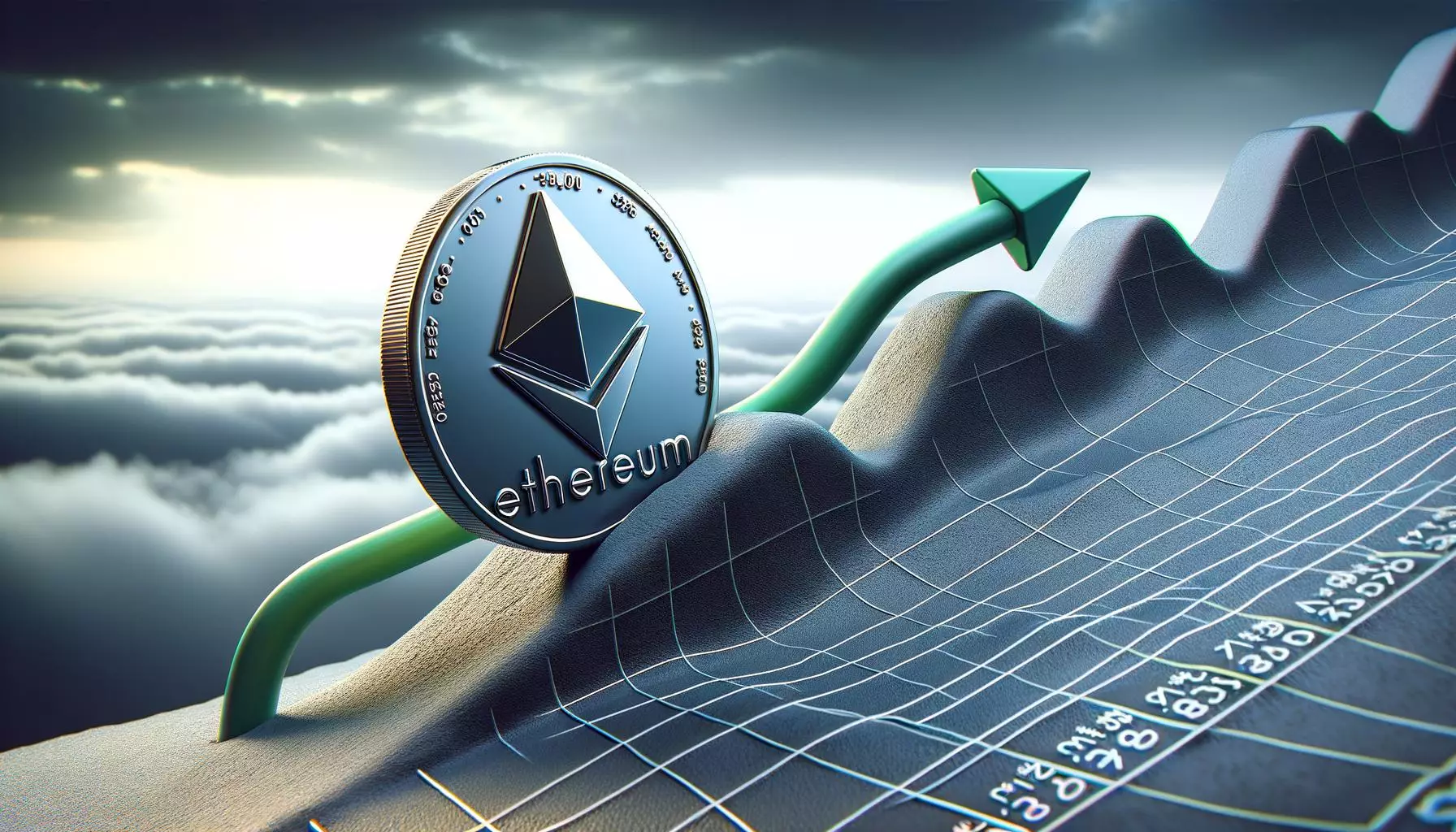In the rapidly evolving world of blockchain technology, the competition among smart contract platforms is fierce. Ethereum has long maintained its position as a market leader; however, with the rise of Solana, questions regarding scalability, performance, and overall superiority have surfaced. This article delves into the perspectives of industry stakeholders, focusing particularly on the insights from Sreeram Kannan, founder of EigenLayer, who argues for Ethereum’s enduring dominance.
Ethereum stands out in the blockchain landscape due to its dedication to decentralization and stability. Unlike other platforms that prioritize rapid transaction speeds and low latency, Ethereum has developed a robust ecosystem that emphasizes comprehensive solutions and security. Sreeram Kannan has pointed out that Ethereum’s focus on programmability allows platforms like EigenLayer to harness its capabilities in new ways. EigenLayer currently manages assets exceeding $12 billion on Ethereum, a figure highlighting the network’s enduring appeal to developers and investors alike.
One critical aspect of Ethereum’s architecture is its support for rollups, which are off-chain solutions designed to enhance transaction efficiency. By aggregating multiple transactions into a single batch, rollups dramatically improve the network’s throughput without compromising security. Kannan asserts that Ethereum’s innovation in this arena has facilitated incredible user adoption, positioning it as a more reliable foundation for decentralized applications compared to Solana.
While Solana has emerged as a formidable competitor, particularly known for its low transaction fees and high speed, it operates under a different set of principles. Its focus on global node synchronization and minimal latency caters to specific use cases but potentially sacrifices other critical components, such as programmability and verifiability. Kannan highlights this trade-off, suggesting that Solana’s architecture may not provide the same depth of functionality wherein developers can create complex, decentralized applications.
Although Solana’s market share continues to grow, it faces inherent limitations as it tries to establish itself as a global state machine. Aspects like programmability are essential for creating applications that require intricate logic, and Kannan argues that Ethereum’s emphasis on this characteristic offers it a definitive edge in the long run.
The current temperature of the Ethereum ecosystem is significantly influenced by the expansion of its layer-2 scaling solutions. Data from L2Beat indicates that Ethereum’s layer-2 ecosystem commands over $38 billion, with platforms like Arbitrum and Base leading the charge. These solutions not only alleviate congestion on the Ethereum mainnet but also introduce novel functionalities while keeping costs low for end-users.
However, the rise of these layer-2 solutions has prompted some challenges for the native asset, ETH. Despite its underpinning technological advancements, ETH has struggled to rally momentum in the market. As activity shifts off-chain, the supply of ETH becomes increasingly inflationary, which could diminish investor confidence if not combined with robust value propositions within the ecosystem.
Despite current challenges, the future seems bright for Ethereum, bolstered by its community and continuous innovation. The “Dencun,” an enhancement intended to further reduce transaction costs, exemplifies Ethereum’s relentless pursuit of efficiency. As the blockchain landscape evolves, Ethereum’s established foundations, alongside its adaptability, could propel it towards sustained relevance.
Mustafa Al-Bassam, co-founder of Celestia, echoes Kannan’s sentiments, labeling Ethereum as “underrated.” The thriving rollup ecosystem and the broader application programmability are elements that other platforms have yet to develop adequately. Thus, while competition, particularly from Solana, is undeniable, the narrative surrounding Ethereum remains focused on its strengths as a multifaceted platform destined for future growth.
While the debate between Ethereum and Solana will undoubtedly continue, it is clear that they cater to different priorities and audiences in the blockchain sphere. Ethereum’s commitment to decentralization, security, and future-focused innovations like layer-2 scaling solutions positions it as a robust player in the smart contract arena. As the landscape shifts and challenges arise, the adaptability and foundational principles of Ethereum may usher it into a new era of success.

